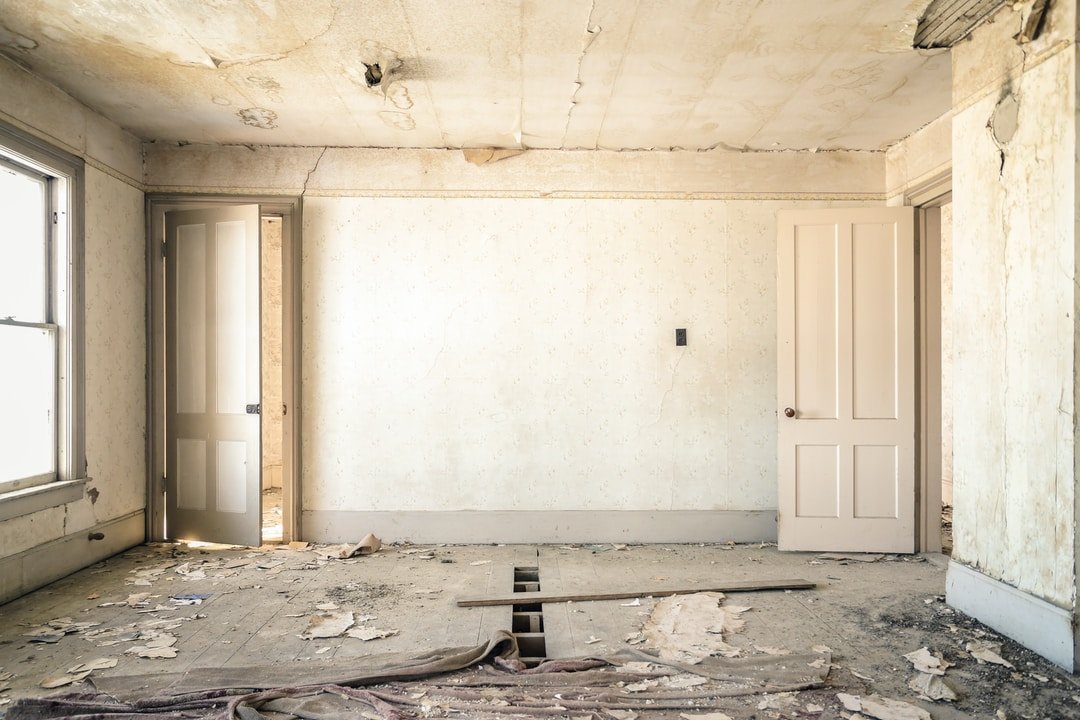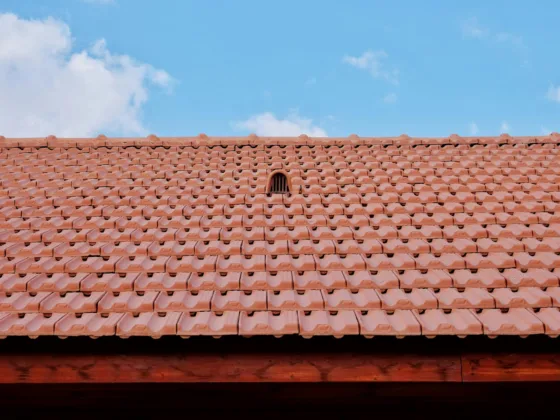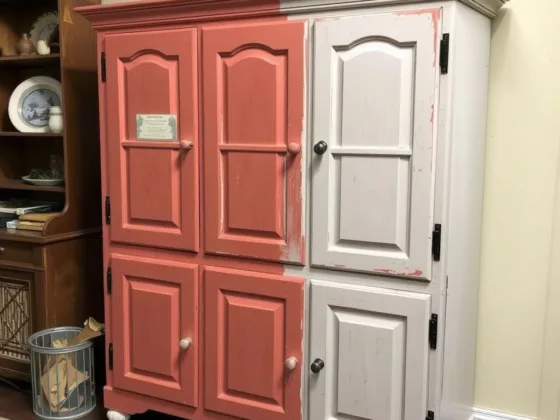Drywall is an often overlooked component of the home. Many homeowners don’t realize the critical role that this feature of the home’s construction plays in the overall integrity of the property.
This importance is brought to the forefront when damage presents itself in the drywall layer of the home’s interior space. A damaged wall can easily become an eyesore and even create a health hazard to those living on the property.

Fixing drywall is a common and essential task for all homeowners. These structural elements exist throughout the home, and keeping them in good working order is a top priority for anyone who wants to stay on top of their home maintenance tasks.
Continue reading to learn about when to have your drywall repaired or replaced for the best peace of mind and comfort level in your home at all times.
Drywall Provides the Interior Structure to Your Property
All of your interior walls are built with the help of drywall sheeting. A quick search for “when does drywall need to be replaced?” will bring back a host of different answers, but the long and short of it is that a new drywall sheet must be installed whenever you begin to see expanded damage within the home.
Drywall is a specialized sheet of material made from wood pulp, a cement mixture, gypsum, and other elements.
It’s hardened like a rock (and is often even referred to as sheetrock) but remains light enough to manipulate as the building process continues to unfold on construction sites.
Drywall offers a cost-saving solution to older building practices that took longer to install and were more expensive.
Your interior spaces are built with wooden studs, and this cost-effective material acts as the outer layer, providing a cavity within each wall that can house air conditioning facilities, electrical wiring, and more.
Read Also:
Repairing Holes Is Often a Quick Fix for Many Homeowners
Repairing a hole in the drywall is simple for many people. A small hole (perhaps the size of a ball, picture frame corner, or a body part of one of your pets or children) is often easily patched through a number of different methods best suited to the unique size and location needs.
With a specialized spackle adhesive, filling in the hole with a paste that will harden into the same consistency as the existing drywall sheet is a fast and highly effective way to quickly repair minor damages to the property’s walls.
Texturizing the area to match the existing wall and then painting it with a touch-up can create a totally new look that hides the fact that there was ever any damage, to begin with.
A New Board Is a Bit More Extensive but Well Worth the Repair
For more substantial damage that requires repair, you’ll want to consider hiring a pro to cut away a section of the wall before filling in the missing piece.
Damage caused by a serious collision, water leaks, or other major issues in the home requires immediate attention.
A gaping hole in the wall is an invitation for additional problems to creep into the home, and only the workmanship of a contractor will suffice in these kinds of circumstances.
In this instance, hiring a professional that can easily cut away the broken or damaged section until your existing layer exhibits clean edges that line up with the wooden studs is the first step.
Once your contractor has created the clear lines and culled the damaged material from the area, fitting a new sheet of drywall into the space is simple, and it’s a task that is common in the profession.
Using a specialized tape and putty combination to seal the edges (and fix the board to the studs with drywall screws), any remaining gaps can be quickly filled
Just like with smaller areas, your contractor will move on to the texturizing and painting steps that round out the job.
Wall repairs are simple, but they should never be left to complete later on. Tackle these issues head-on for the best comfort in your home.











